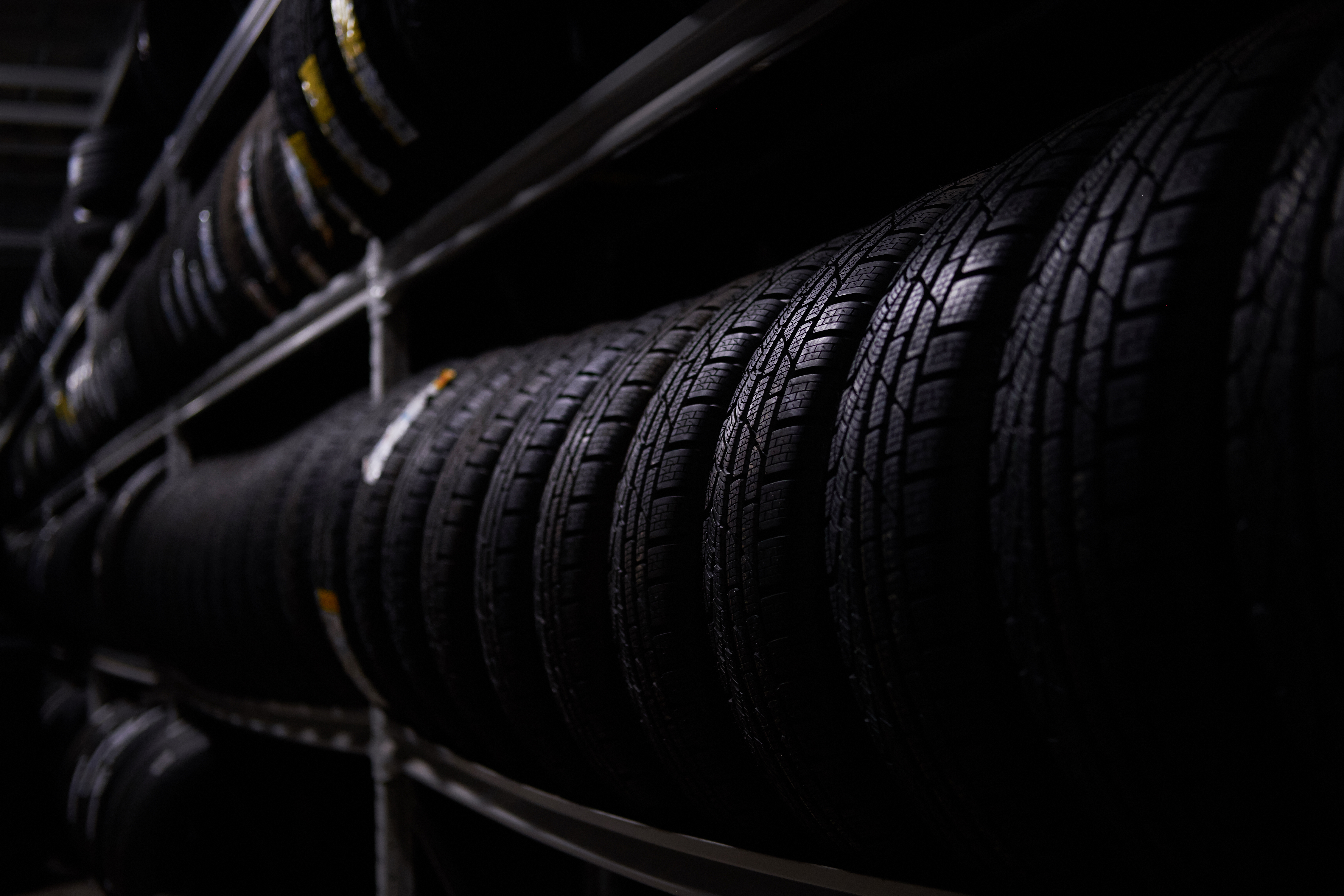The onset of the Russia-Ukraine war in February 2022 brought dire consequences to markets worldwide. While the conflict disrupted economies globally, Europe suffered a significant blow, spanning from food and energy to banking. Amidst its largest land conflict since World War II, Europe realized its extreme vulnerability due to heavy reliance on Russian energy imports. Sanctions ensued, followed by counter-sanctions, affecting trade flows for several petrochemical products.
The EU's rubber industry faced substantial damage during this downturn, revealing member countries tight supply chains and strong dependence on Russian imports. With sanctions preventing the sourcing of Russian shipments and constrained domestic supply exacerbating the issue, demand and prices for critical tyre raw materials like carbon black surged. Compounded by the inability to source supplies from war-affected Ukraine and Belarus—housing carbon black production plants with a combined annual capacity of 260 kilotons, as per Prismane Consulting s database—supply shortages created an emergency in the EU.
The sudden cutoff early in the war forced plants, where virtually every tyre uses around 3 kilograms of carbon black fillers, to either reduce production rates or temporarily halt operations. For example, major tyre manufacturer Michelin suspended production at its Cholet, France facility for eight days. Finnish tyre brand Nokian also faced significant production setbacks, having relied on over half of its raw materials from Russia before the EU s tariffs. While less dependent producers managed positive sales, high prices and automotive manufacturing slowdowns disrupted operations, weighing down market sentiments.
North American producers continued relying on domestic carbon black volumes, whereas European counterparts diversified their manufacturing footprint, tapping into other regions. Alternative carbon black manufacturing processes like selective catalytic reduction (SCR) and fluid catalytic cracking (FCC) experienced surges. Despite enduring a series of sanctions, logistical disruptions, and withdrawing producers, the EU managed to avert the crisis. By the end of 2022, notable changes in the EU's import flows became evident. Imports from Russia plummeted by a stark 20%, filled by China, emerging as the second-largest supplier. Meanwhile, new capacities in India propelled it to the fourth position, and regions elsewhere experienced increased inquiries compared to previous years.
EU Import Partners: Carbon Black, 2021 v/s 2022
Source: UN Comtrade, European Commission, and Prismane Consulting estimates
EU imports during 2022 also increased, marking a 4% jump as opposed to 2021 to reach 779 kilo tons. Russia, which was supposed to suffer export losses having shrunken shipments to EU, continued to remain a major carbon black supplier overseas, thanks to continued & increased business from EU member Poland. Russia also increased shipments to Turkey, which became its second-largest trade partner in 2022.
Depicted below are Russia’s carbon black exports to its partners globally in 2021 and 2022.
Russia Export Partners: Carbon Black, 2021 v/s 2022
Source: UN Comtrade, European Commission, and Prismane Consulting estimates
2023 followed, and a year into the war, fresh round of sanctions were announced by EU, effectively banning producers from sourcing Russian carbon black & synthetic rubber. The ban, however, won’t come into effect until July 2024. The announcement was met with opposition from several EU member states, given EU’s imports of Russian carbon black represented half the total bought shipments in 2022. Although EU managed to replace a fair share of Russian imports from other countries, this has come with a price: higher costs and lower margins. Russian cargoes were unarguably the cheapest available for EU tyre manufacturers Chinese & Indian shipments, which collectively represented more than 20% of EU imports in 2022, were comparatively heavier on the pockets than European shipments.
Fast forward to today’s time of writing, as we bid adieu to 2023, and over six months remain for the impending deadline, EU’s dependence of Russian carbon black volumes still sits at a sizeable 40%. Transition is ongoing, and while local EU carbon black producers are certainly enjoying the spike in sales enquiries, uncertainties among the region’s OEM sector linger. An absent Russian supply would mean heavy reliance on Europe’s six-seven carbon black producers. To better position themselves ahead of the deadline, domestic manufacturers are investing in new production facilities, although it is important to note that mere increase in domestic production is not enough; some carbon black manufacturers still rely on Russian natural gas as raw material. Amid volatility in prices & supply following the war, domestic European producers haven’t formed a concrete opinion for the future course of the region’s automotive market, although they remain optimistic for a reasonable uptick in 2024, following what they call a “flat” 2023 driven by destocking.
Overall, despite preparations, it is undisputable that the ban will have far reaching consequences for the rubber industries of all parties involved. Russia continues to push carbon black volumes globally in the excess of 700 kilo tons, and while it has had its success in diversifying its cargoes to other destinations, the country must reconcile itself for a 40% absent export situation.
For areas like the Middle East & India, this presents a lucrative opportunity for exports to EU. From an EU standpoint, carbon black volumes can undoubtedly be made available, but high freight premiums will weigh on margins. While there will be headaches, producers leaning into new production facilities will have an edge. Major disruptions await, and only time will tell how EU & Russian producers adapt to the “new normal”, and who emerges as the winner.
For Further Information on Carbon Black market,
To View Sample on Carbon Black market, Please click here

